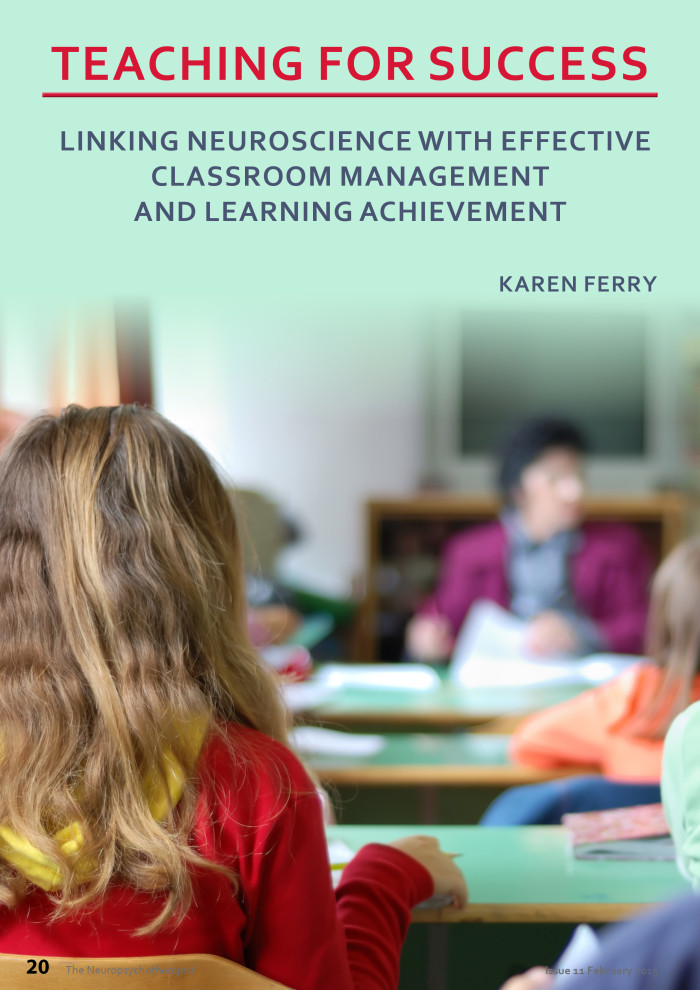Domestic violence has been an alarming and destructive feature of our society for decades, but only recently has there been significant public recognition of this injurious practice. Traumatic and considered one of the most life-threatening public health concerns, domestic violence affects not only adult partners but also any children present in the relationship (Auon, 2012). Studies clearly indicate that children suffer serious emotional, psychological, social, behavioural, and developmental consequences when exposed to aggression and violence within the family home (Reynolds, 2014)…
Teaching children and young people is known to be one of the most rewarding of occupations, due partly to the satisfying pleasure a teacher feels when students participate enthusiastically in the learning process, and a classroom of eyes light up as new knowledge is grasped. However, this is not always the case. Teachers are also driven to various levels of distress, irritation and disappointment as they deal with unmotivated and disruptive students. They struggle with students who show disrespect or respond to instruction and guidance with outbursts of anger or defiance. It is not uncommon to hear teachers declare that more time is spent controlling and disciplining students than there is time to teach curriculum concepts. Many students, also, struggle with the school environment and find school loathsome, stating that they only attend class because it is compulsory. Truancy is on the rise for multiple and cumulative reasons. There is a common denominator of students feeling frustrated and uncared for (Australian Law Reform Commission, 2013) due to an atmosphere of distress and fear that pervades many school environments. Success in the classroom requires more than knowing what works and how to implement strategies. When educators understand the neuroscience of why certain methods are successful, how the brain processes and remembers new information, along with the blocks and triggers that inhibit successful learning and enjoyment of the school experience, teachers can evaluate current methods and implement strategies to ensure all students are given the best of opportunities (Sousa, 2010). But the benefits are twofold. As the joy of learning and being at school is resuscitated, there is fulfilment, delight and satisfaction for the teacher… Download article


